Nationality German | Name Fritz Ascher | |
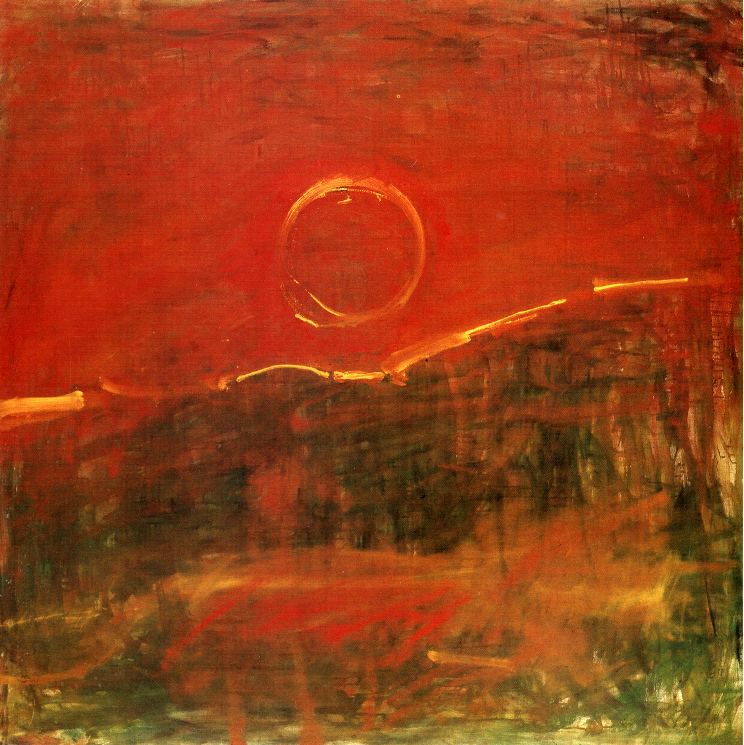 | ||
Known for Painting, Drawing, Printmaking Died March 26, 1970, Berlin, Germany | ||
#Leben ist Glühn. Der Expressionist Fritz Ascher (1893-1970)"
Fritz Ascher (17 October 1893 in Berlin, Germany – 26 March 1970 in Berlin, Germany) was a German Expressionist, whose artwork is characterized by bold brushstrokes and expressionist colors combined with a strong commitment to authenticity.
Contents
- Leben ist Glhn Der Expressionist Fritz Ascher 1893 1970
- Early life and work
- 19391945
- Late works
- Exhibitions
- References
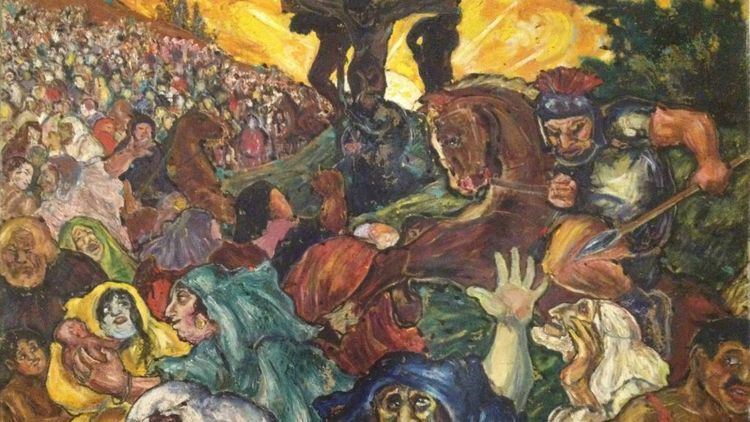
"Leben ist Glühn. Der Expressionist Fritz Ascher (1893-1970)"
Early life and work
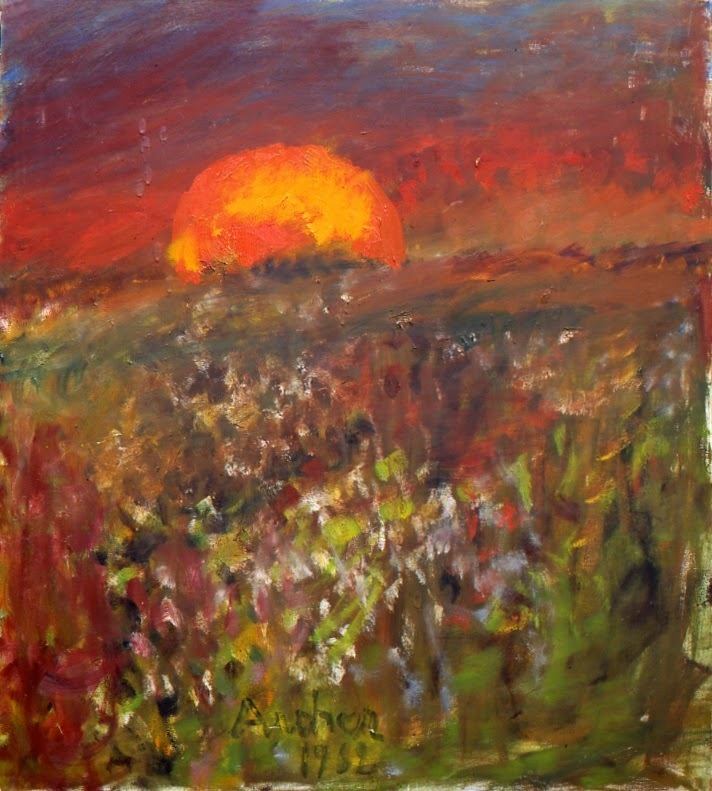
Fritz Ascher was born on 17 October 1893 as the son of the dental surgeon and businessman Dr. Hugo Ascher (born Neugard 27 July 1859 - died 18 August 1922 Berlin) and Minna Luise Ascher (born Schneider; Berlin 17 January 1867 - died 17 October 1938 Berlin) in Berlin. On 8 October 1894 his sister Charlotte Hedwig was born, and on 11 June 1897 his sister Margarete Lilly (Grete). From 1908 the family lived in a villa in Niklasstraße 21-23 in Zehlendorf, which at that time did not formally belong to Berlin yet, with main house, worker’s and garden house and garage, built by the prominent architect Professor Paul Schultze-Naumburg.
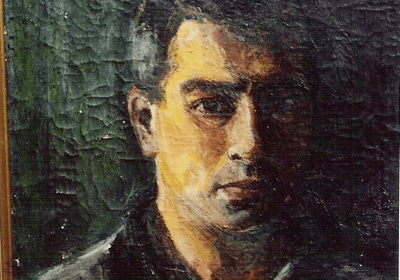
Fritz Ascher’s talent showed early. At the age of 16 he studied with Max Liebermann, who gave him the "Künstlereinjährige," an art diploma, and recommended him to the art academy Königsberg. There the artist befriended among others Eduard Bischoff, who painted a portrait of him in 1912.
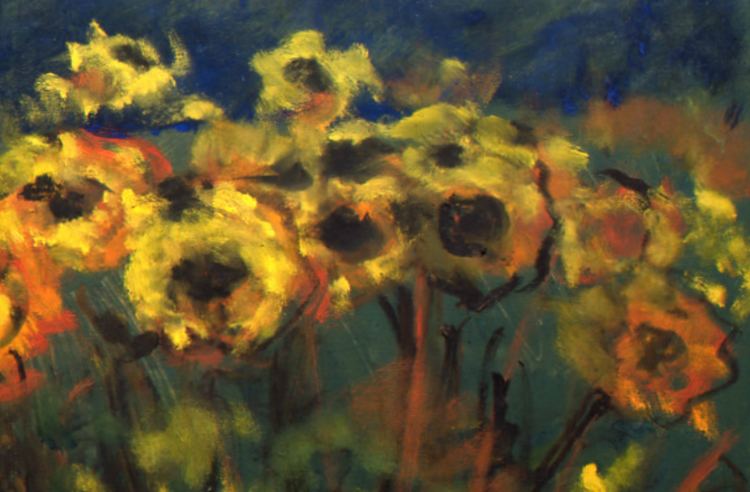
Around 1913 Ascher was back in Berlin, where he found his artistic language, surrounded by artists like Ludwig Meidner, Jakob Steinhardt and Emil Nolde. He studied in the painting schools of Lovis Corinth, Adolf Meyer and Kurt Agthe and befriended Franz Domscheit (Pranas Domšaitis), with whom he probably traveled right before World War I to Norway and met Edvard Munch in Oslo. During a longer stay in Bavaria and Munich in 1919 Domscheit (Pranas Domšaitis) draws into Aschers sketchbook and Ascher draws a portrait of his friend. Ascher met the artists of the Blue Rider and befriended the artists of the satirical German weekly magazine Simplicissimus, among others Gustav Meyrink, Alfred Kubin, George Grosz and Käthe Kollwitz. Like those of the artists and writers surrounding him, many of his works from these years have an emphatic-expressive religiosity. In this atmosphere his interest in old sages and myths was kindled. "The Loner (Der Vereinsamte)" or "Golem" (1916) show Ascher’s powerful expressionistic pictorial language and interest in the human condition.
1939–1945
When Hitler came to power, Ascher’s life changed dramatically. He was reported to the NSDAP as politically suspect, his paintings were classified as "Degenerate Art," and as early as 1933 he was not able to work. After brief imprisonment in the Sachsenhausen concentration camp and the Potsdam prison, Ascher survived the Nazi regime hiding for three years in the partly bombed villa Lassenstr. 28 in Berlin-Grunewald, cared for by Martha Grassmann (b. Fenske; b. 16 January 1881 - d. 24 January 1971 Berlin), a close friend of his mother. During these years he wrote poems.
Late works
On 29 April 1945, Berlin-Grunewald was liberated by the American army. Fritz Ascher was a changed man. He stayed with Martha Grassmann in Berlin-Grunewald at Bismarckallee 26. Ascher's studio was a large semi-circle room with adjoining winter garden. During the winter, when the studio could not be heated, Ascher created works on paper: ink drawings, watercolors and gouaches. In the early 1950s he had a phase of intense work, during which he worked every day until 6:00-7:00am. Again and again phases of tremendous creative productivity were interrupted by times of depression, self-talk and sleeplessness, in which he was not approachable.
As an artist he now came into his own, searching for and developing forms suiting his genuine feelings. Ascher now made portraits almost exclusively from memory, on paper. Living close to the Grunewald, Berlin’s expansive city forest, the artist observed and painted nature in different light, at different day-times and seasons, which he re-created in his studio. He created powerful images of trees and meadows, sunrises and sundowns, all devoid of human presence, in which sun and light are a dominant force. Very often the light is depicted in a silvery white of mystic quality that reminds of Rembrandt. The trees have mostly heavy, strong trunks, often stand isolated or in pairs, and less often in larger groups. The horizontal line, which is never straight, is often elevated. Dramatic moments are intensified by expressive colors. The compositions are innovative in light, color and rhythm. Trees and suns seem to have symbolic meaning. The formally inventive and atmospherically dense landscapes are passionate soul paintings that reflect Ascher’s complex emotional life. With expressive colors, bold brushstrokes and reckless surface treatment Ascher found a powerful voice in post-war Germany.
Fritz Ascher died on 26 March 1970.
Exhibitions
Fritz Ascher was a member of the Berufsverband Bildender Künstler Berlins (1946–1970).
